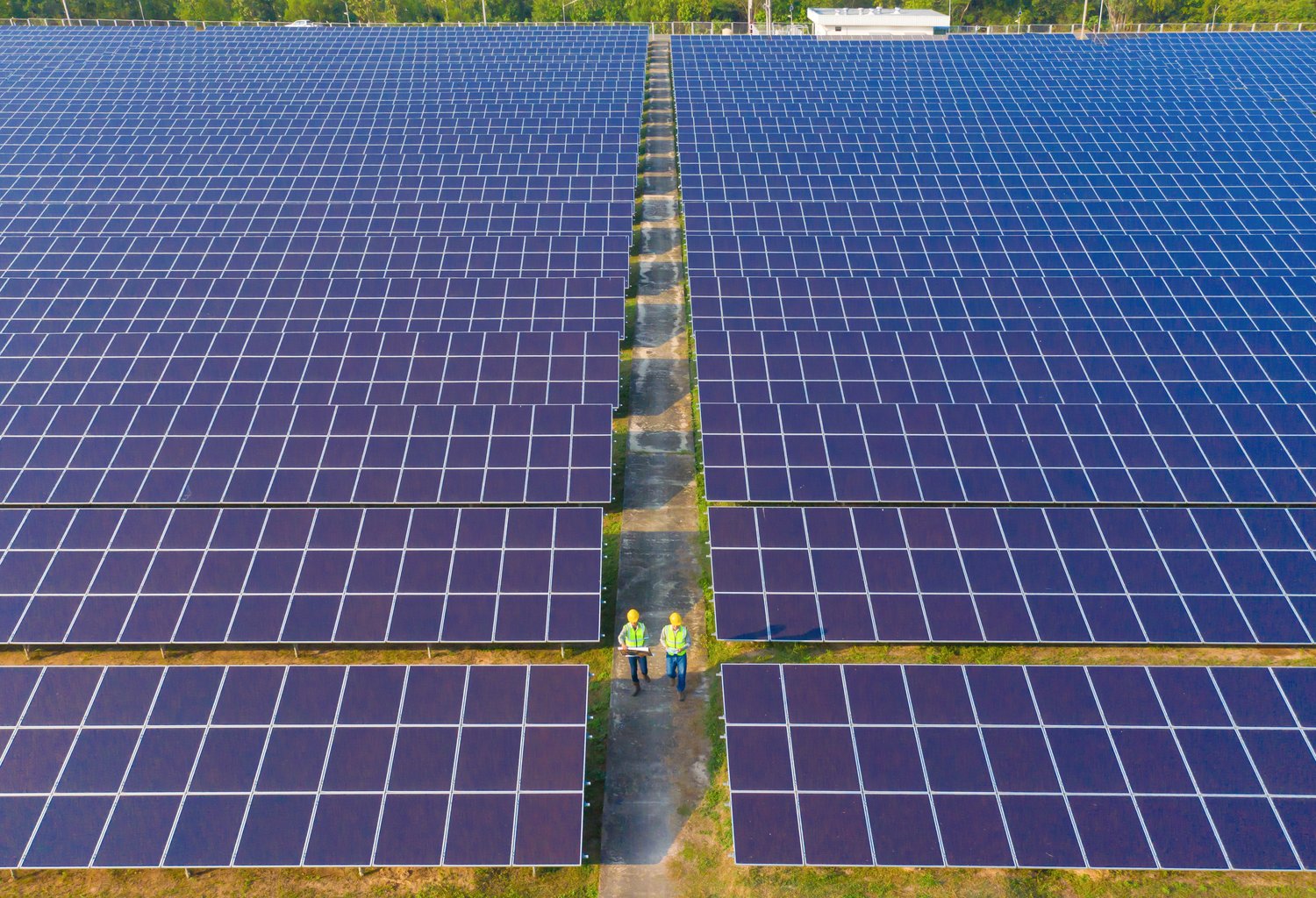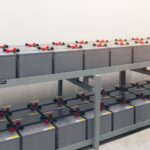Understanding Fotovoltaics panels
Fotovoltaics panels are the cornerstone of solar energy systems. These panels convert sunlight directly into electricity. A typical panel measures 65 inches by 39 inches and weighs about 40 pounds. Most residential installations use between 20 and 30 panels. The efficiency of Fotovoltaics panels has improved significantly over the years. Modern panels can convert up to 22% of sunlight into usable energy.
Panel orientation plays a crucial role in energy production. South-facing panels in the Northern Hemisphere generate the most electricity. Panels should be installed at an angle equal to the latitude of the location. For example, if you’re at 40 degrees latitude, your panels should be tilted at 40 degrees. Shade can significantly reduce panel output. Even partial shade on one panel can affect the entire system’s performance.
The lifespan of quality panels is impressive. Many manufacturers offer 25-year warranties. However, panels often continue to produce electricity for 30-40 years. Their output decreases by about 0.8% annually. This means after 25 years, panels still operate at about 80% of their original capacity. Regular cleaning can help maintain optimal performance. Most homeowners clean their panels 2-4 times per year.
Fotovoltaics panels come in different types. Monocrystalline panels are the most efficient but also the most expensive. Polycrystalline panels are less efficient but more affordable. Thin-film panels are flexible and lightweight but have lower efficiency. The choice depends on your specific needs and budget. Consulting with a professional can help you make the best decision for your situation.
Components of Photovoltaic and energy storage systems
Photovoltaic and energy storage systems consist of several key components. The solar panels are just the beginning. Inverters are crucial for converting the DC electricity produced by panels into AC electricity used in homes. There are two main types: string inverters and microinverters. String inverters are less expensive but less efficient when some panels are shaded. Microinverters are more expensive but offer better performance in partial shade conditions.
Batteries are an essential part of energy storage systems. They allow you to store excess energy produced during the day for use at night or during power outages. Lithium-ion batteries are the most common type used in residential systems. These batteries typically have a capacity between 10-15 kWh and can last 10-15 years. The Tesla Powerwall, for example, has a usable capacity of 13.5 kWh.
Charge controllers are another important component. They regulate the voltage and current coming from the solar panels to the batteries. This prevents overcharging and extends battery life. There are two types: PWM (Pulse Width Modulation) and MPPT (Maximum Power Point Tracking). MPPT controllers are more efficient, especially in colder climates or when there’s a mismatch between panel and battery voltage.
Monitoring systems allow homeowners to track their energy production and consumption. These systems often include smartphone apps for easy access. They can provide real-time data and historical trends. Some advanced systems can even predict future energy production based on weather forecasts. This information helps homeowners optimize their energy use and identify potential issues early.
Installation process for solar systems
The installation process for Photovoltaic and energy storage systems involves several steps. It typically takes 1-3 days for a residential installation. The process begins with a site assessment. A professional evaluates your roof’s condition, orientation, and shading. They also assess your electrical system to ensure compatibility. This assessment helps determine the optimal system size and configuration for your needs.
After the assessment, the installation team prepares the roof. They install mounting hardware to securely attach the solar panels. This hardware is designed to withstand high winds and heavy snow loads. The team then places the panels on the mounting hardware. They connect the panels in series or parallel, depending on the system design. Proper wiring is crucial for system efficiency and safety.
The next step is installing the inverter and other electrical components. The inverter is typically mounted near your main electrical panel. If you’re including battery storage, the batteries are installed at this stage. The team then connects the solar system to your home’s electrical system. This usually involves installing a new breaker in your main panel. A production meter may also be installed to track the system’s output.
The final step is system testing and activation. The installation team tests all connections and ensures the system is functioning correctly. They also program the monitoring system. Once everything is working properly, they arrange for a final inspection by the local building department. After passing inspection, your utility company will give final approval to activate the system. This process can take a few weeks after the physical installation is complete.
Maintenance and care for your solar system
Proper maintenance is key to ensuring the longevity and efficiency of your solar system. Fortunately, solar systems require minimal maintenance. Regular cleaning is the most important task. In most areas, rain helps keep panels clean. However, in dry or dusty regions, you may need to clean them more frequently. Use a soft brush or cloth and water to avoid scratching the panels. Avoid using harsh chemicals or abrasive materials.
Monitoring your system’s performance is another important aspect of maintenance. Most systems come with monitoring software that alerts you to any issues. Check your system’s output regularly. If you notice a significant drop in production, it could indicate a problem. Common issues include loose connections, inverter malfunctions, or shading from new tree growth. Address these problems promptly to maintain optimal performance.
Periodic professional inspections are recommended. Most installers suggest an inspection every 3-5 years. During these inspections, professionals check all electrical connections, mounting hardware, and system components. They can identify and address potential issues before they become major problems. These inspections typically cost between $150 and $300, depending on your system’s size and complexity.
Battery maintenance is crucial if your system includes energy storage. Most modern lithium-ion batteries require little maintenance. However, you should keep them at the recommended temperature, usually between 30°F and 90°F. Extreme temperatures can reduce battery life and efficiency. Some batteries may require occasional “balancing” to ensure all cells are at the same charge level. Your system’s monitoring software should alert you if balancing is needed.
Financial considerations and incentives
The cost of solar systems has decreased significantly in recent years. The average cost for a 6kW system in the United States is now around $18,000 before incentives. This is about 60% less than it was a decade ago. However, prices can vary widely depending on your location, system size, and chosen components. It’s important to get quotes from multiple installers to ensure you’re getting a fair price.
Many government incentives are available to reduce the cost of solar installations. The federal Investment Tax Credit (ITC) allows you to deduct 30% of the cost of your solar system from your federal taxes. This incentive is available through 2032. Many states offer additional incentives. These can include tax credits, rebates, or performance-based incentives. Some utilities also offer incentives for solar installations.
Financing options can make solar more accessible. Many homeowners choose to finance their systems through solar loans. These loans typically have terms of 10-20 years and interest rates between 3-8%. Some companies offer solar leases or power purchase agreements (PPAs). With these options, you don’t own the system but benefit from lower electricity costs. However, owning your system typically provides better long-term financial benefits.
The payback period for solar systems varies depending on your location, energy usage, and local electricity rates. In many areas, homeowners can recoup their investment in 7-10 years. After that, the system continues to provide free electricity for many more years. Some homeowners see a return on investment (ROI) of 20% or more over the life of their system. Solar also increases home value. Studies show homes with solar sell for about 4% more than comparable homes without solar.





